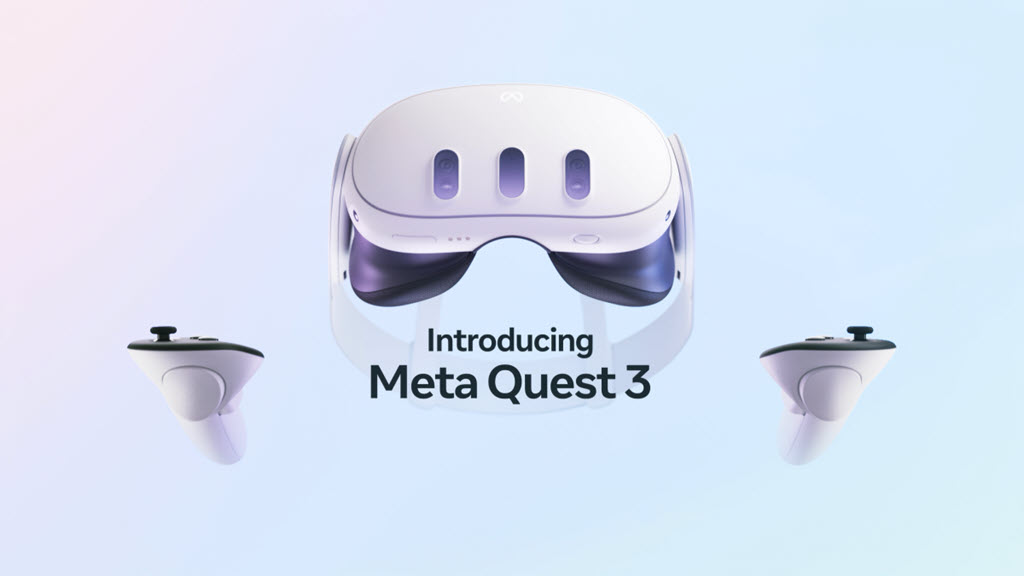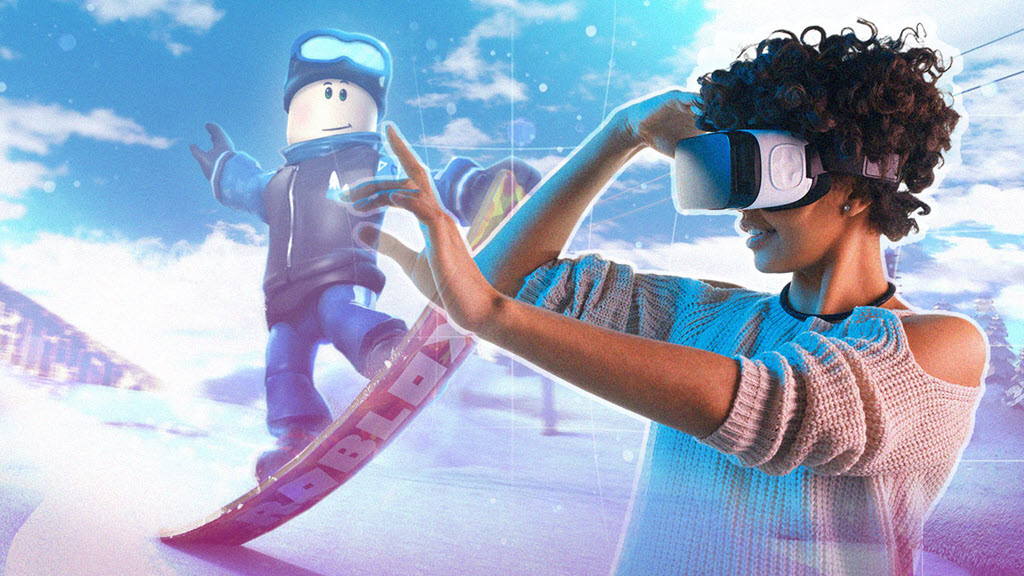
VR – virtual reality – is about to get its moment in the sun. That means increased sales for a new generation of devices and games, but more importantly it reflects an uptick in consumer recognition and curiosity, which is the next step on the long road to the next tech platform.
AR – augmented reality – is stuck. Progress is slow but steady. Actually, I take it back – progress in AR is mostly just slow. We’ll talk about that next time.
But VR is going to be a topic of conversation this fall. Here’s what you need to know.
Today VR is almost exclusively for gamers. Sony’s new Playstation VR 2 headset is selling moderately well, handicapped by a shortage of top-shelf VR games. Meta’s Quest 2 is three years old and showing its age – but Meta has sold more than twenty million of them, not bad for a niche device.
Meta’s attempt to break into enterprises with the expensive $1500 Quest Pro headset and Horizon Workrooms app for meetings went nowhere. Meta dropped the price of the Quest Pro headsets to $1000 and still couldn’t sell any. Recently there were reports that Meta intended to stop Quest Pro development altogether and give up any attempt to create a corporate VR market. Meta said, oh, that overstates it, we’re not giving up, not really – but of course, they would say that, wouldn’t they?
At the same time, though, Apple raised awareness of VR when it announced the Vision Pro headset a few months ago. Apple’s goggles will start out as a VR device that is specifically NOT marketed to gamers. Instead, Apple is trying to create a new metaphor for using a computer (thus the term “spatial computing”). The Vision Pro experience will be like sitting down at a Mac where the icons and programs hang in space around you. It will be great for watching movies; the jury is out about whether it will be a good experience for doing work and having meetings.
But the Vision Pro is not really a product. It’s an aspirational device, a guidepost for the future. Apple will sell as many as it can make at the eye-watering $3500 price, but it won’t be able to make very many. Apple doesn’t care. The whole point is to raise awareness of VR and begin the long process of convincing people that VR can be used for more than games.

Meta has the perfect device to take advantage of the new attention being paid to VR. On September 27, Meta will formally introduce the Quest 3, a radically improved VR headset for $500. It will feature a high-quality display, more comfortable fit, better this and that. Remember the key advantage of the Quest 2 and 3 headsets: they are self-contained. They do not need a nearby PC or PlayStation. No wires. That’s even better than the Vision Pro, which has a cable running to its battery pack.
At that price point the Quest 3 will be an obvious impulse buy for parents, gamers, and curious tech enthusiasts. Meta will be able to sell as many as it can manufacture. I’d be willing to bet they’ve been stockpiling them and hoping to avoid whining about supply chain issues.
Many people will be buying their first VR headset. There is a sufficient library of quality games to keep those people happily entertained.
There are, however, not many new AAA games in the pipeline for VR. The VR market has been so small that publishers are focused on PCs and consoles, which have vast and profitable markets. But there are two VR games coming out for Quest 3 that will fire up gamers.

Roblox has begun testing an extension to run many Roblox games in VR on Quest headsets. It will likely be widely released along with the Quest 3. As I wrote in January, Roblox is an incredibly popular and influential game for the under-16 set. It’s not impossible that Roblox VR will create a social network in virtual reality for millions of kids.
For grown-up gamers, Ubisoft will be releasing Assassin’s Creed Nexus, a Quest VR experience drawing on three of the characters from the popular franchise. Gameplay will feature stealth, parkour, and combat, all while you’re standing in the middle of an immersive world. It’s foolish to guess whether it will be good or bad, buggy or polished, but it’s the kind of title that sells gear if the word of mouth is good.
It’s possible there will be a Quest VR port of Grand Theft Auto: San Andreas, a very popular twenty-year-old game in the very popular franchise. Two years ago Meta announced that GTA:SA was in the works for Quest 2. There has been complete silence since then. Maybe it will be a Quest 3 exclusive. Maybe it’s been abandoned. No one knows.
The push for VR will come at a time when gaming ranks unusually high in the cultural conversation. Don’t underestimate games. AAA PC and console games have bigger budgets than most movies, and the gaming industry is roughly eight times larger than the movie industry. The movie lineup for the rest of 2023 has few blockbusters – Dune 2, sure, but not much besides that to fill theaters.
One of the most hotly anticipated games in years will be released on September 1. Starfield is the first new game world in 25 years from Bethesda Game Studios, creators of Skyrim and Fallout. It’s a single-player game for PC and Xbox. Expectations are sky high. There will be chatter about everything – not just reviews and hype but analysis of its sales, plus carping about its bugs (or lack of bugs) and complaints about how unfair it is that Microsoft is keeping it exclusive to Xbox and not offering it to Playstation. It may be one of the best games of all time. Many fingers are crossed.
There are other big titles coming to PCs and consoles, too. Baldur’s Gate 3 is making a big splash with the D&D crowd. There’s a new Assassin’s Creed game and another Call of Duty installment to be released this fall.
Those aren’t VR games but they’ll contribute to the hype about gaming this fall. A high profile for gaming will help drive Quest 3 sales.
We’ll talk next about the lack of progress in AR technology – not a surprise but still frustrating. And there are a few other devices on the market that are worth a look. More to come!

